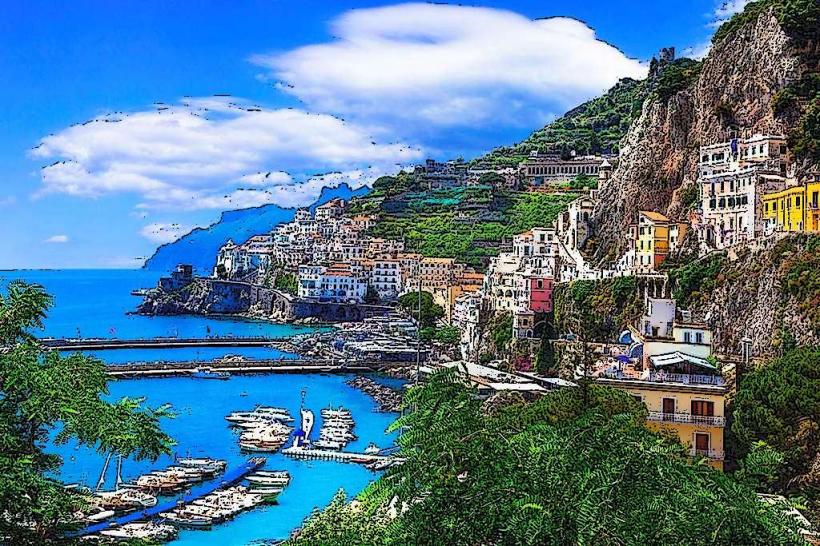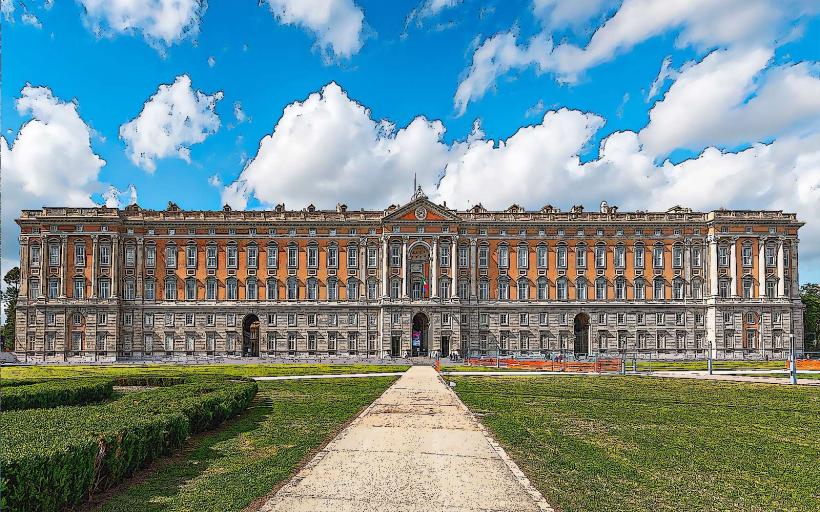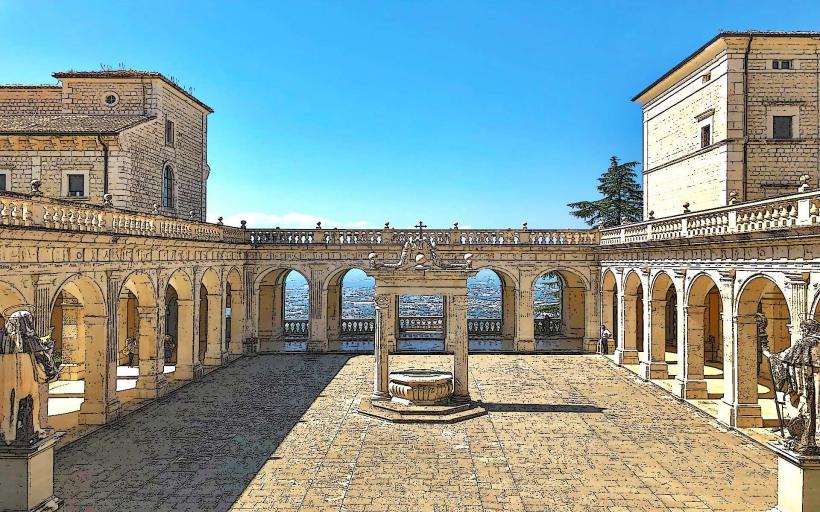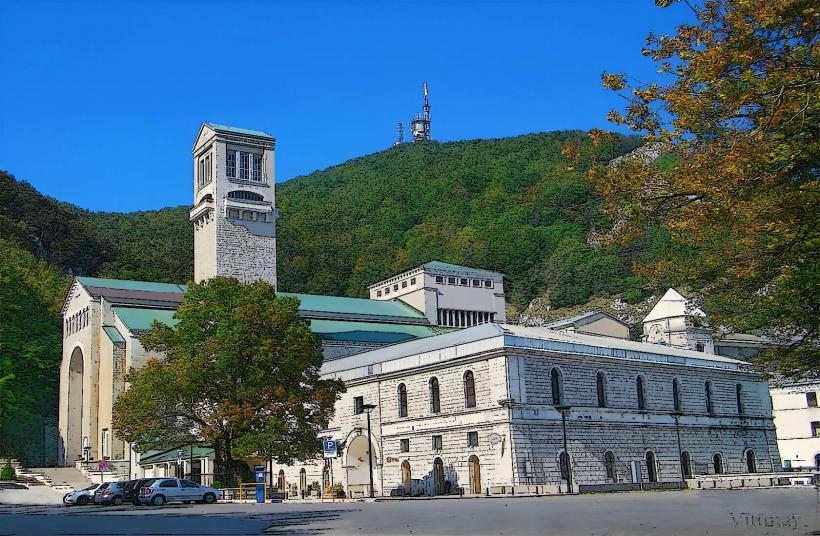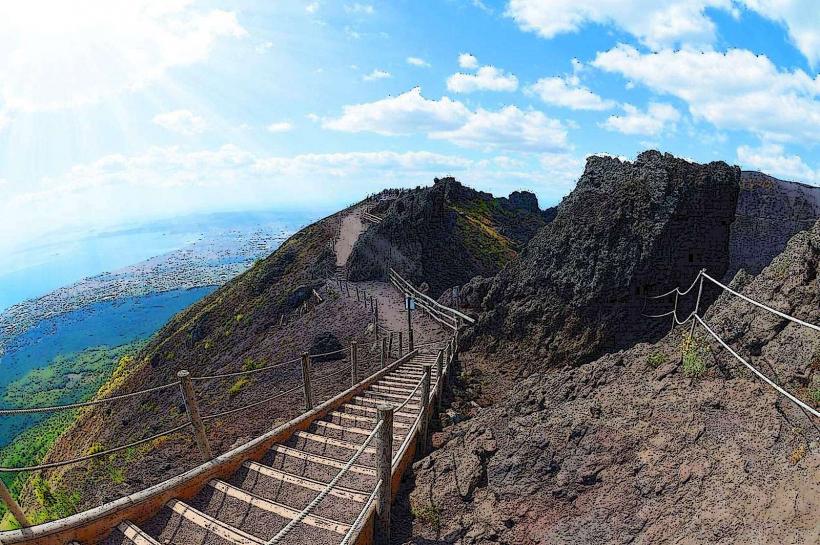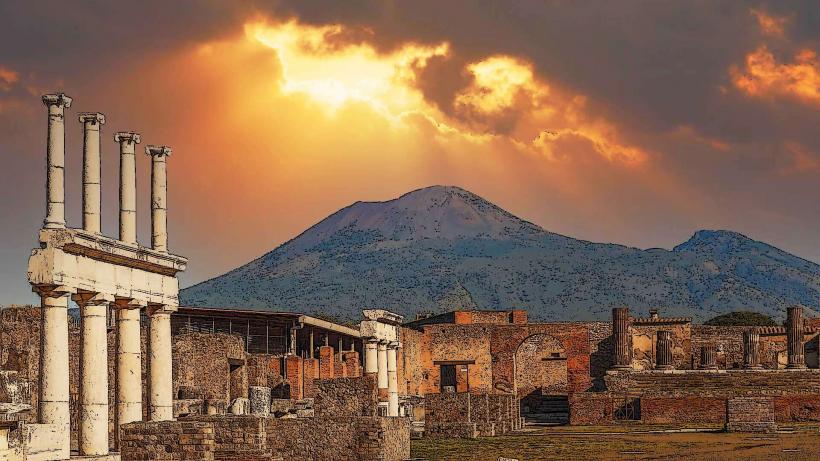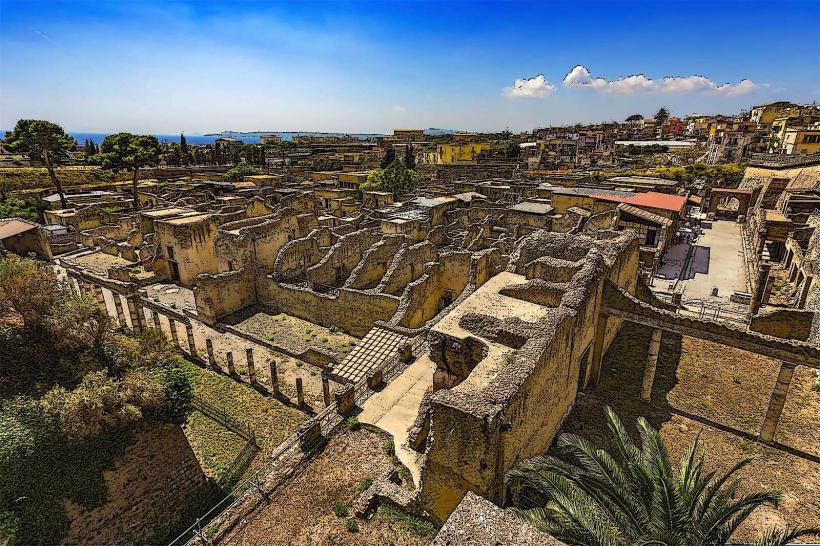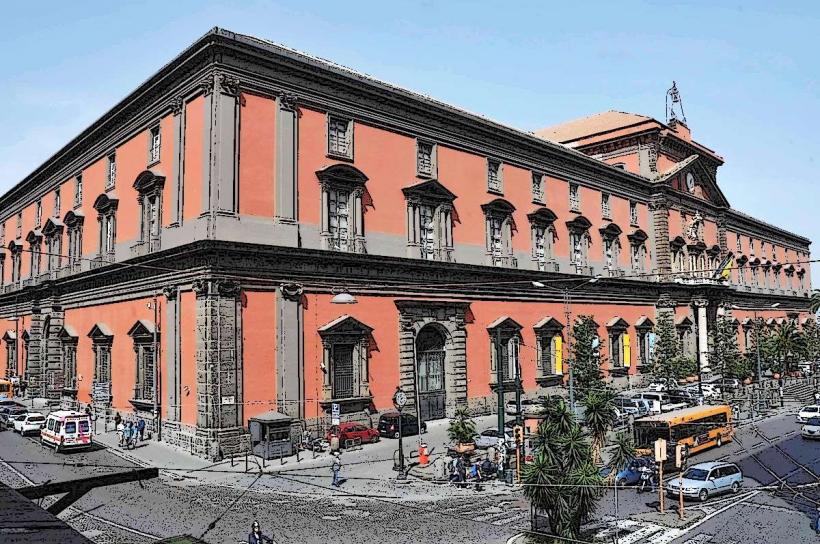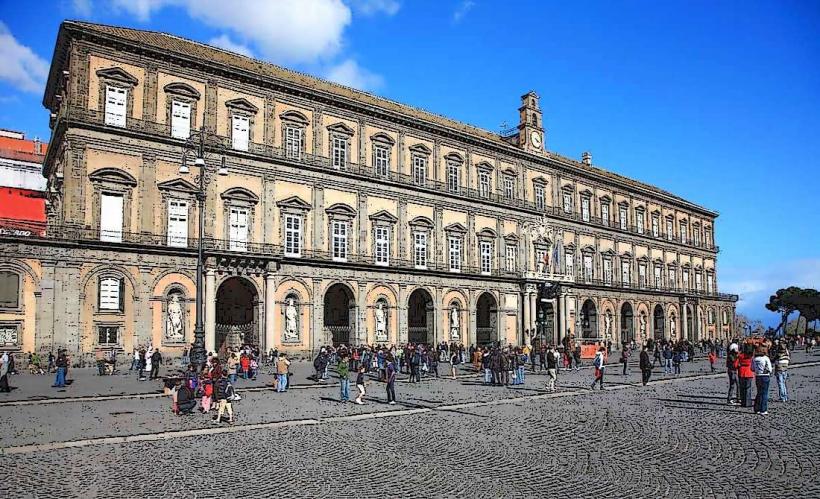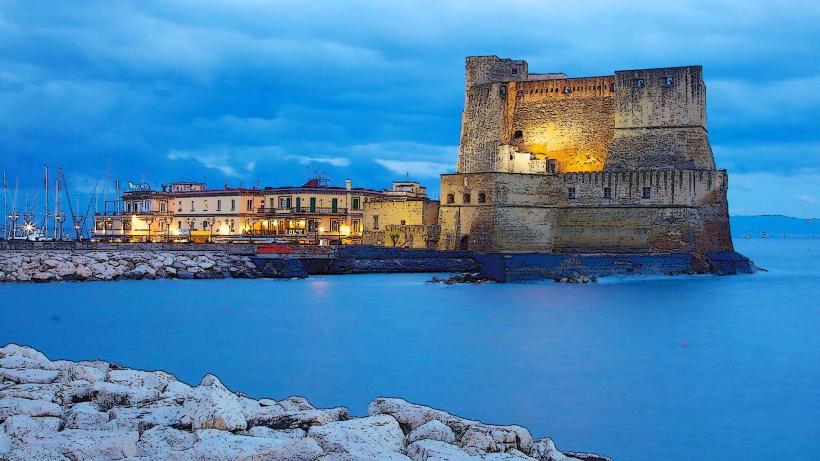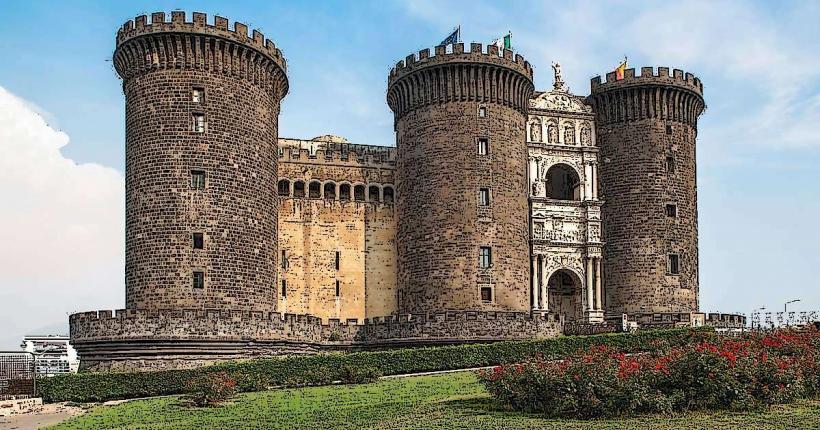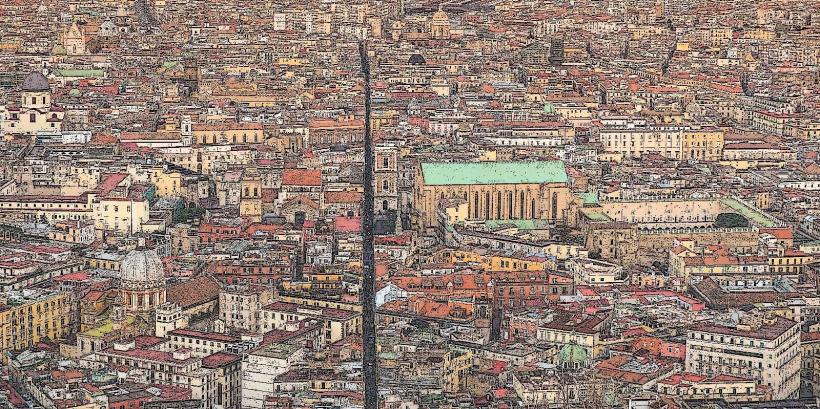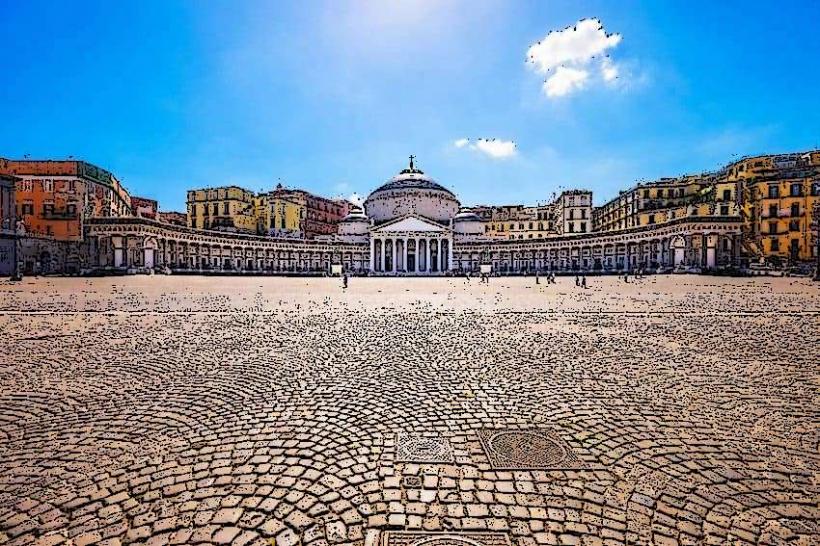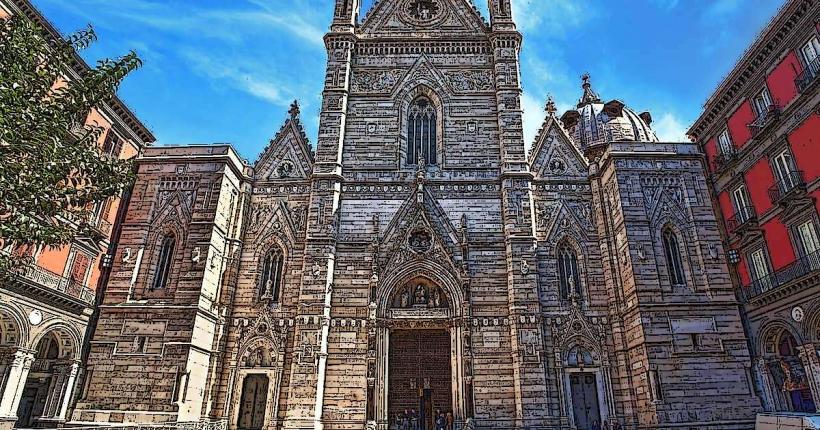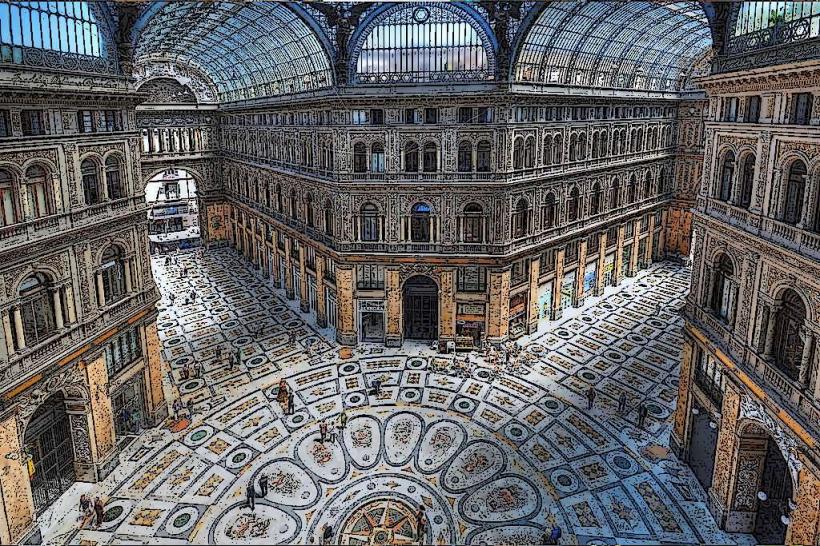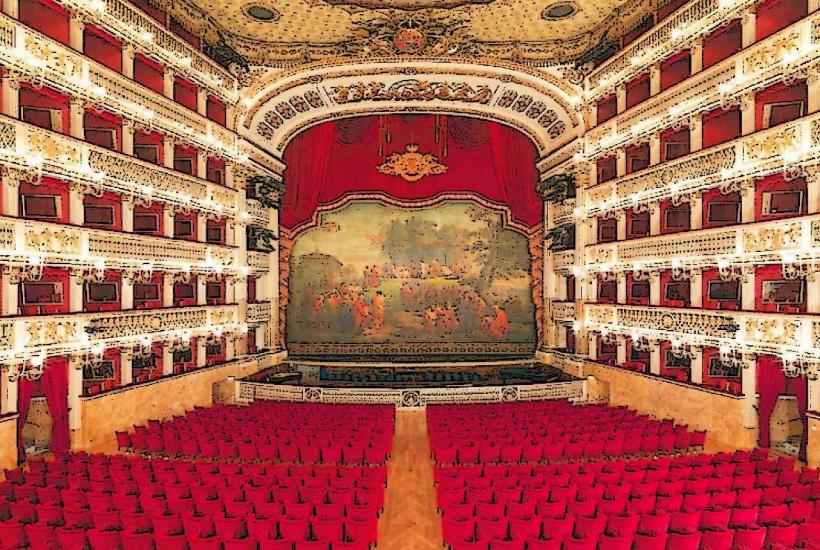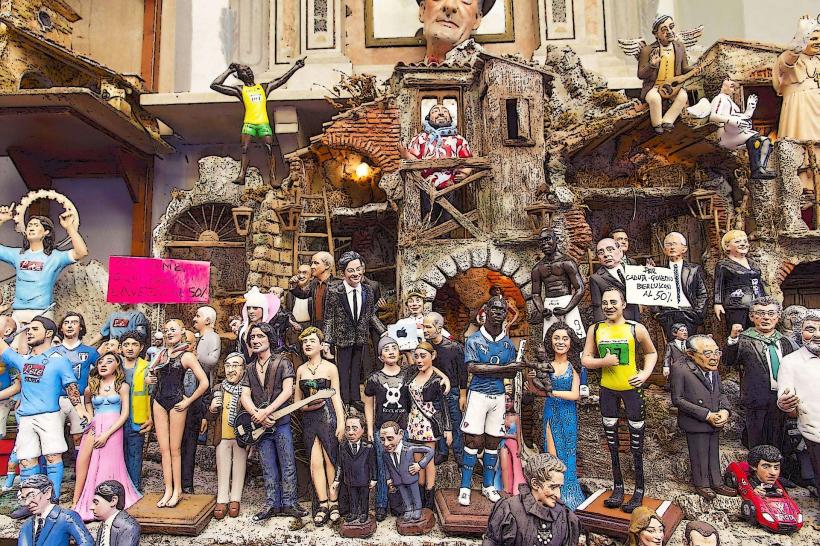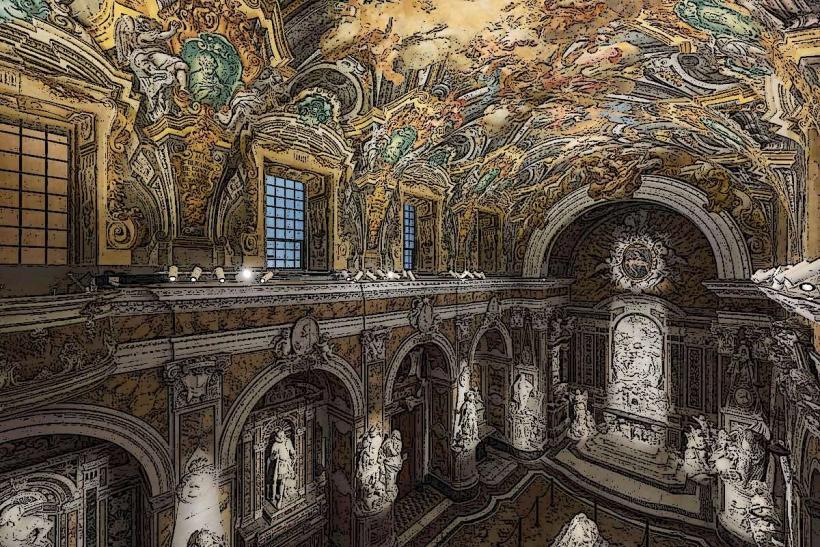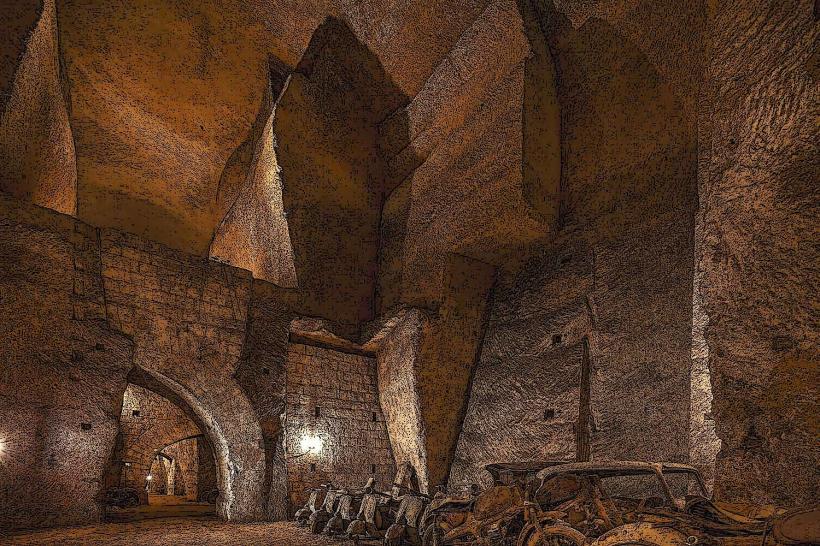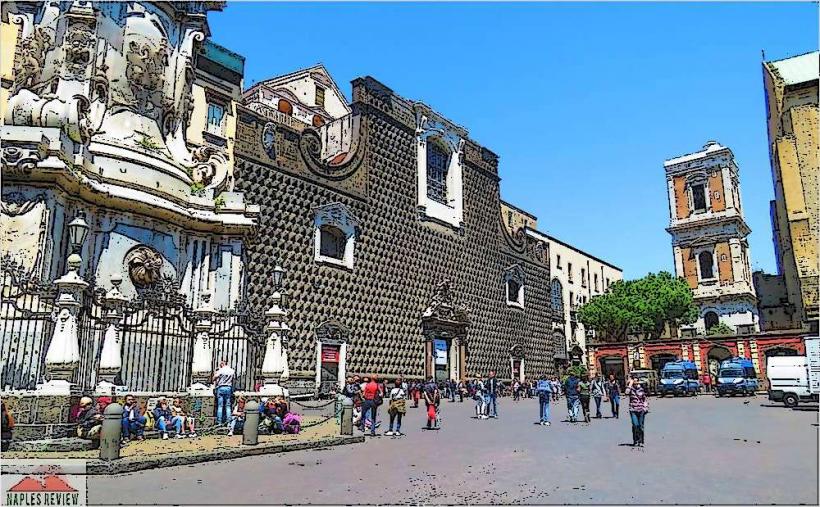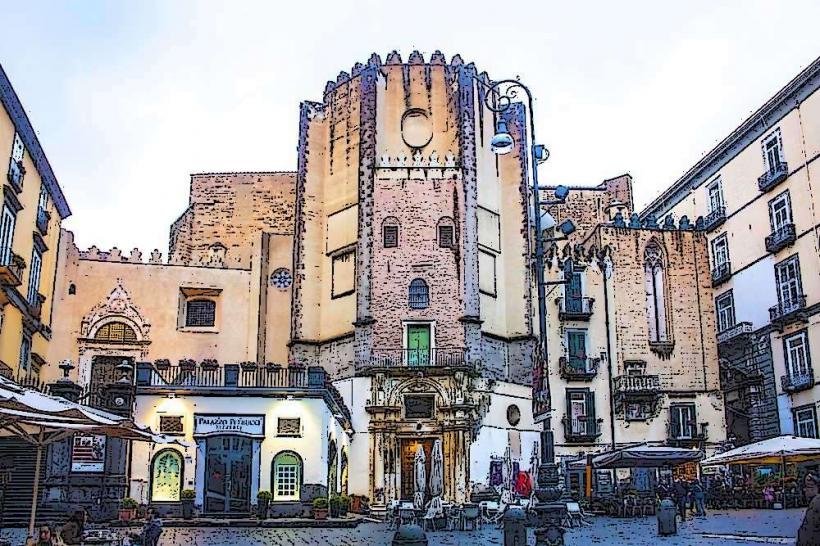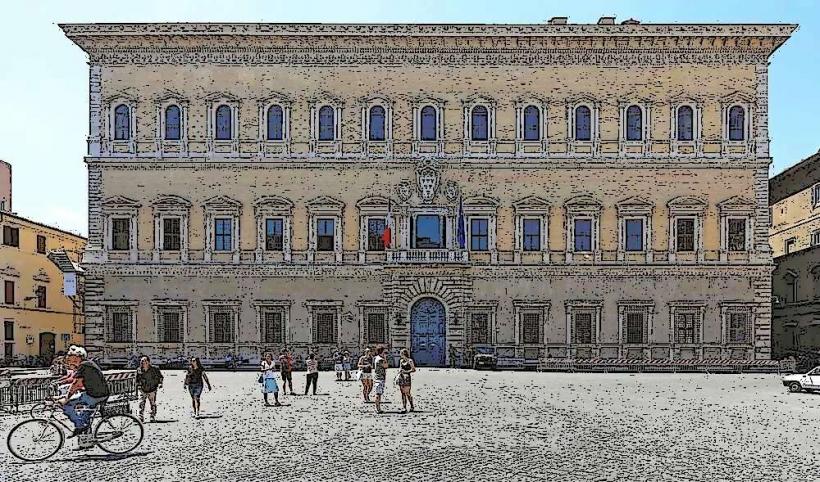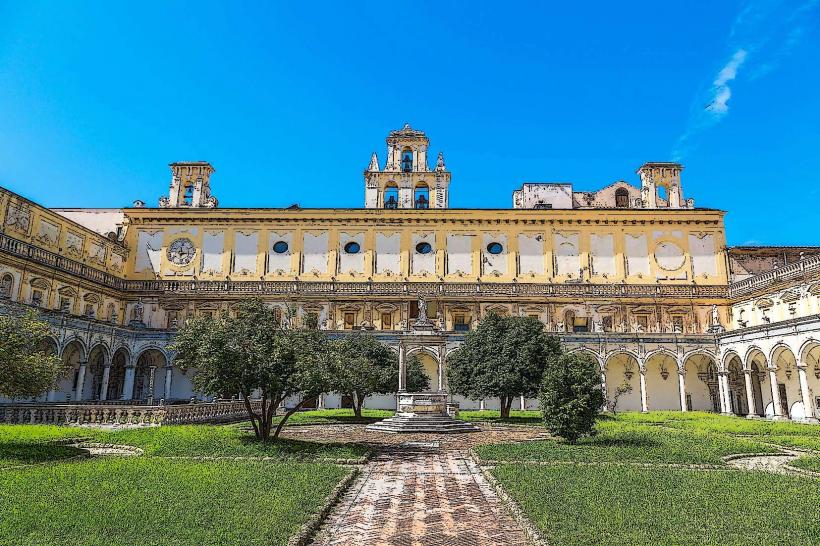Information
Landmark: Museo di CapodimonteCity: Naples
Country: Italy
Continent: Europe
Museo di Capodimonte (Capodimonte Museum) is one of the most important and prestigious art museums in Naples, Italy. Located in the Capodimonte Palace, a former royal residence, the museum houses an extensive collection of Italian Renaissance, Baroque, and Neapolitan art, as well as significant works from various periods. Here's a detailed look at this magnificent museum:
1. Location and Overview
- The Museo di Capodimonte is located in the Capodimonte Hill, a serene and scenic area offering stunning views of Naples. The museum is situated in a grand palace, the Royal Palace of Capodimonte, originally built in the 18th century by Charles of Bourbon, King of Naples.
- The museum is surrounded by a large park, the Parco di Capodimonte, which is also a beautiful green space perfect for walks, providing a peaceful escape from the hustle and bustle of the city.
2. History and Construction
- The Palace: The Capodimonte Palace was designed by architect Giovanni Antonio Medrano and was initially intended to be a hunting lodge for the royal family. It was later transformed into a museum and became the official residence of the Bourbon monarchy in Naples.
- The museum itself was established in 1957, and it has since become a cultural landmark. The royal palace’s interiors, including rooms adorned with frescoes, ornate ceilings, and grand staircases, complement the valuable art collections on display.
3. Collections and Highlights
Museo di Capodimonte's art collection spans several centuries and includes paintings, sculpture, and decorative arts. The collection features works from renowned Italian and European artists, making it a must-visit destination for art lovers.
a. Italian Renaissance and Baroque Paintings
- The museum is particularly renowned for its collection of Renaissance and Baroque paintings, including works by some of the most celebrated Italian artists:
- Raphael: The museum houses one of the artist’s most famous works, the "Madonna di Foligno", showcasing his mastery of both composition and serene religious scenes.
- Titian: Works such as "Danaë" are part of the collection, demonstrating the artist’s sensuous and vibrant use of color.
- Caravaggio: Several important pieces by Caravaggio, including the "Supper at Emmaus", are displayed here, highlighting his dramatic use of light and shadow.
- Andrea del Sarto and Girolamo Siciolante: Other Renaissance masters represented include Andrea del Sarto, whose painting "The Holy Family" graces the museum, and Girolamo Siciolante, known for his refined compositions.
b. Neapolitan School
- The Neapolitan School of painting is particularly well-represented in the Capodimonte collection, with a focus on local artists from the 17th and 18th centuries. Works by Mattia Preti and Giovanni Lanfranco exemplify the Baroque style, while the collection also includes key figures from the Rococo and Neoclassical periods.
c. The Farnese Collection
- One of the most important collections in the museum is the Farnese Collection, which includes masterpieces of Italian Renaissance painting, sculptures, and Roman antiquities. This collection was originally assembled by the Farnese family and later acquired by the Bourbon dynasty.
- The "Farnese Hercules", a famous ancient Greek statue, is one of the highlights of this collection and stands as a symbol of the museum’s importance in showcasing classical antiquities.
d. Sculpture
- The museum is home to a vast collection of sculptures, ranging from ancient Roman sculptures to Baroque works. Some of the most notable sculptures include the "Farnese Bull", an ancient Roman masterpiece, and Baroque works by sculptors like Alessandro Algardi and Giovanni Francesco Barbieri.
- The Neapolitan Presepe (Nativity scene) sculptures also stand out, offering a vivid representation of the tradition of Neapolitan nativity art.
e. Decorative Arts
- The museum also holds important examples of decorative arts, including furniture, tapestries, and ceramics. The Farnese porcelain collection, for example, features some of the finest examples of 18th-century Italian porcelain.
4. Notable Rooms and Displays
- The museum is divided into several key sections, each dedicated to different themes or periods of art:
- The Royal Apartments: Visitors can explore the rooms where the Bourbon family once lived, adorned with furniture, paintings, and decorations that reflect the opulence of the 18th century.
- The Picture Gallery: The main gallery where the majority of the paintings from the Renaissance, Baroque, and Neapolitan schools are displayed.
- The Porcelain Room: This room contains a fine collection of Farnese porcelain and other ceramics that showcase the exquisite craftsmanship of the period.
5. The Park and Surroundings
- The museum is set in a large park, the Parco di Capodimonte, which provides a tranquil environment with beautiful views of the city and Vesuvius. The park is perfect for a leisurely stroll or a relaxing moment after exploring the museum.
- Visitors can also explore the forest area of the park, filled with pathways and shaded spots ideal for taking in the natural beauty of the area.
6. Modern and Temporary Exhibitions
- In addition to its permanent collection, the Museo di Capodimonte regularly hosts temporary exhibitions that focus on modern and contemporary art. These exhibitions bring in works from various artists, both Italian and international, ensuring the museum remains a dynamic cultural institution.
7. Educational and Cultural Activities
- The museum offers a variety of educational programs, including guided tours, workshops, and special events aimed at both adults and children. These activities help visitors deepen their understanding of the artworks and the museum’s rich history.
- The museum’s educational initiatives often include collaborations with universities, art schools, and international institutions, making it an important center for art scholarship.
8. Visitor Information
- Opening Hours: Typically, the museum is open from 9:00 AM to 7:30 PM, with occasional exceptions for special events or temporary exhibitions. It is advisable to check the museum’s website for updated hours.
- Admission: Entry fees are generally moderate, with discounts available for students, seniors, and groups. The museum may also offer free entry on special days or occasions.
- Location: The museum is easily accessible by public transportation, with several bus lines and a metro station nearby.
9. Conclusion
The Museo di Capodimonte is a treasure trove of art and history, offering visitors the chance to explore one of the most comprehensive art collections in Italy. Whether you are an art lover, history buff, or simply curious about the cultural heritage of Naples, the museum provides a rich and diverse experience that reflects the city’s artistic legacy, from the Renaissance to the Baroque and beyond. The combination of its art collections, historic palace setting, and beautiful park makes it one of Naples' most significant and enjoyable cultural destinations.

